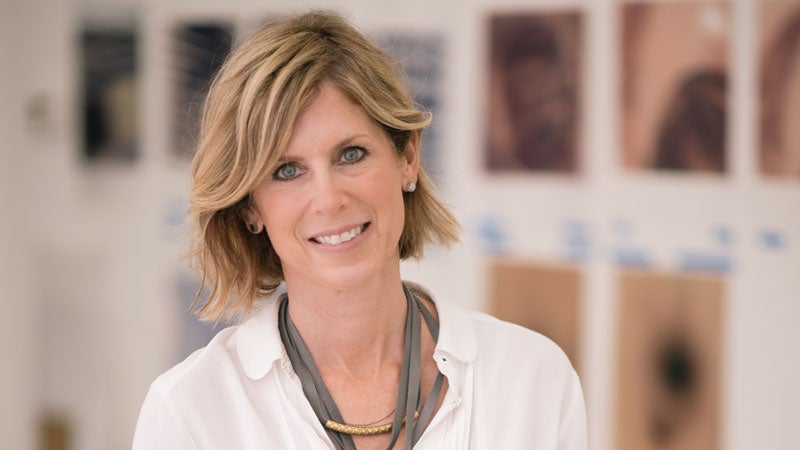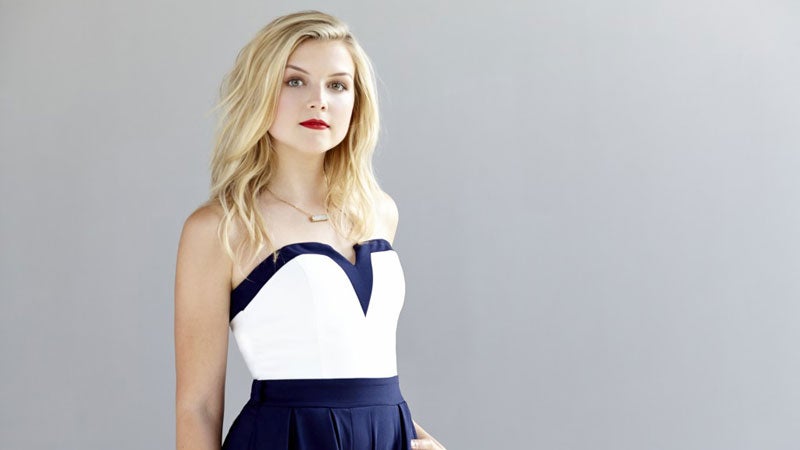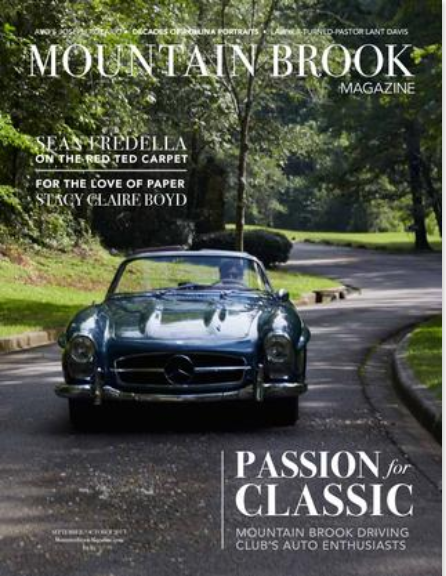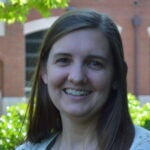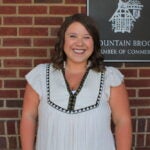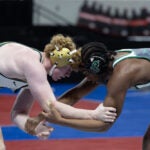Rebecca Tully Fulmer is adamant about not calling herself an artist. “Art…really has to mean something to you,” she says standing in her downtown Birmingham studio. “What is art in my eyes may not be art in your eyes and vice versa. So I’m always uncomfortable with that.”
Birmingham has no such discomfort with the label though. Rebecca’s work focuses on mixed media projects with manipulated photographs printed on transparency sheets then layered in front of a mirrored background. Many of her pieces have adorned the walls of local art galleries, including Gallery 1930 in English Village.
“I was really trying to layer pieces to see what I could get with images layered on top of each other,” she says. “I really like seeing how they react together. And somehow…it led me to put them in front of a mirror and then it just started developing from there.”
“I’m sure there’s some sort of psychological thing about me wanting to cover up mirrors,” she adds with a laugh.
Rebecca’s studio is filled with monuments to her need to create. In one corner lies wood planks that she says are for her latest attempt at making her own frame boxes; in another lies a fishnet hose that she knitted together. There are sketchbooks filled with her drawings and magazine clippings of various textures, things she says motivate and inspire her. “What inspires me is anything visual,” she explains. “I can’t even quantify it into one thing. I’ll get so excited about things I almost can’t stand it.”
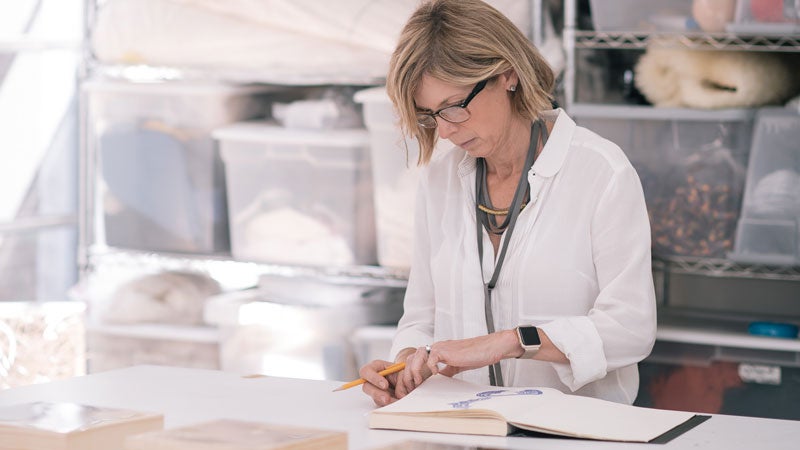 Currently adorning her studio are pieces made with items others might normally ignore, such as a shower screen or a chewed up baseball courtesy of her dog. Rebecca beams at all of them. “I think that mundane things can be [elevated] to a different experience or at least a different visual experience. I try not to take the visual world for granted,”
Currently adorning her studio are pieces made with items others might normally ignore, such as a shower screen or a chewed up baseball courtesy of her dog. Rebecca beams at all of them. “I think that mundane things can be [elevated] to a different experience or at least a different visual experience. I try not to take the visual world for granted,”
she says.
Her office, which she refers to as her “think tank,” holds her computer, which is flooded with various photographs that range from car wash foam to jellyfish in an aquarium. She remembers the subject of each individual frame no matter how abstract the image. “This is a hair dryer cord,” she says of an image. “And I just did the negative and then I started tweaking it… This amazing thing happened when I put it in front of the mirror. The mirror did its own job, and it was really cool.”
While her work mainly involves photography, Rebecca’s signature comes from the fluidity and movement her pieces exude. “Movement is my heart and soul,” she says. “I’m always trying to find movement, and it seems like everything I do I’m wanting movement in my work.” She has even considered incorporating dance into her art. “I really wanted to dance on the image and use my feet as brushes.”
Rebecca lives in Mountain Brook with her husband and four children, who, she says, try to help her find interesting subjects to photograph. It’s a personal principle of Rebecca’s, however, that no one take a photo for her—she has to take a picture of the subject herself. “I’m not a photographer,” she says. “And I don’t want anything to be treated as photographs and be repeated over and over again. I like every piece to be its own. They may look similar but there’s something different about every one…I don’t want any piece to be the same.”
Rebecca’s creative streak is not a surprise to those who knew her mother, artist Toni Tully. In fact, she credits her mother for her attraction to the arts though she quickly adds her mother was initially against her daughter pursuing an artistic career. “I wanted to major in art, and she really wouldn’t let me do it,” she says.
Despite her mother’s objections, Rebecca pursued an art history major and art minor at Catholic University in Washington, D.C. Her junior year, however, she decided to change her major to interior design, and she transferred to Auburn University a year later. “I always felt at home with art. I just think I speak better visually than verbally,”
she says.
Rebecca feels there can be a mix of arrogance from some artists about what they believe qualifies as art. All she desires, she says, is for her work to “evoke an emotional reaction.” “It always comes down to, ‘What is art?’ Art is such a basic human existence kind of thing,” she says.
“Do you think the cavemen were like, ‘Is that really art?’ They were just expressing themselves and trying to document their life so that something existed beyond them and also trying to tell stories…so in some aspect I guess I am trying to tell stories too in each little box or series
of boxes.”
While she doesn’t have any art shows planned in the near future, Rebecca says that right now her main focus is trying to find her “voice and who I am.” She calls it a “transition moment.” “I’m a work in progress…” she says. “I feel like I’m just kind of getting going.”

